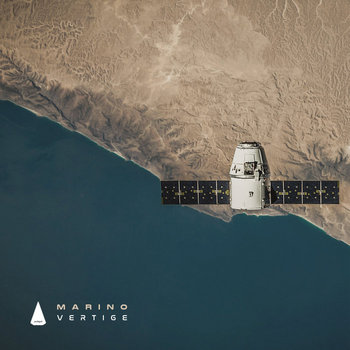
Transparessence
Pheek, Jos Lok

Abrasive Softness
dietmar

Hastio
Juan Farcik

Confluence
Mok-T

Habitat
Opul

Vertige
Marino

Amissa Silva
CL-Ijud & Pheek

Erratic (Interlude)
Jotunn

Sonno Forest EP
Haunami

Use With Care (2006)
Pheek

Paysages Matriciels (2002)
Pheek

Last Life On Earth
Overshift

Dummu
Pheek

Les Autres Promeneurs (2003 - Remastered)
Pheek